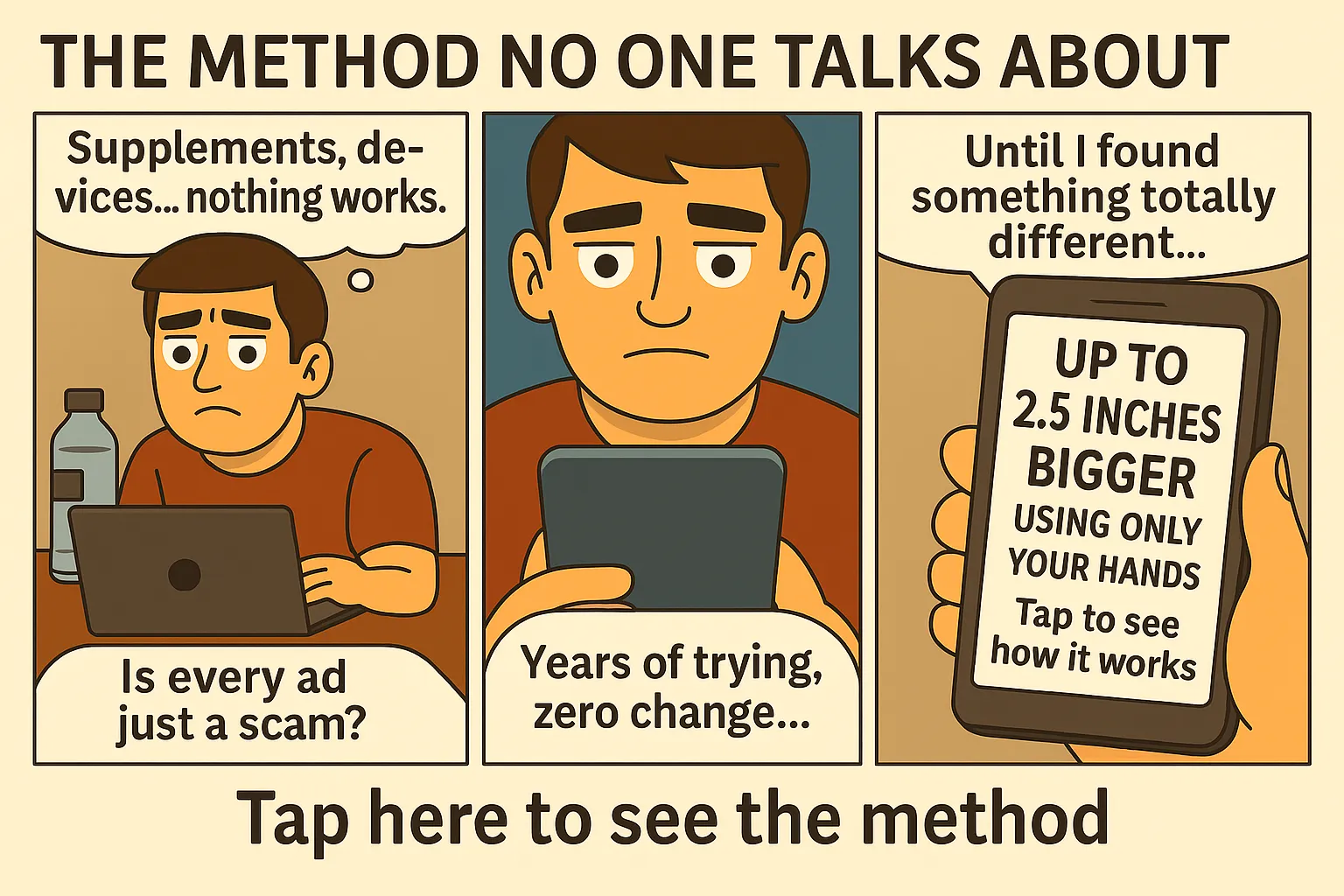Train With Purpose — Build Hormones, Not Just Muscle 🏋️♂️
Want to boost testosterone, lower cortisol, and reset your endocrine system? Then it’s time to stop training blindly. If you care about energy, performance, and bedroom dominance, mastering exercise hormone balance is non-negotiable. Not all workouts are created equal — some spike the right hormones, while others leave you drained, inflamed, and hormonally wrecked.
How Exercise Affects Your Hormones
⚖️ Hormonal Response: Smart Training vs Overtraining
| Training Style | Hormonal Effect | Testosterone Impact | Recommended? |
|---|---|---|---|
| Compound Lifts (3–5 reps) | High CNS activation | ⬆️ Testosterone & GH | ✅ |
| Chronic Cardio | Elevated cortisol | ⬇️ Testosterone | ❌ |
| HIIT | Metabolic boost | ⬆️ T & insulin sensitivity | ✅ |
| Overtraining (no rest) | Adrenal fatigue | ⬇️ T & recovery | ❌ |
Training isn’t just physical — it’s chemical. Certain workouts elevate testosterone, human growth hormone (HGH), and dopamine. Others trigger cortisol, estrogen, or even adrenal burnout. The difference comes down to intensity, volume, recovery, and timing.
Best Exercises to Boost Testosterone Naturally
- Heavy Compound Lifts: Squats, deadlifts, and bench press are proven to elevate testosterone and HGH when performed with high intensity and short rest.
- Sprint Intervals: High-intensity sprints activate fast-twitch muscle fibers and improve insulin sensitivity, leading to better T-levels.
- Bodyweight Explosives: Movements like plyo push-ups and jump squats stimulate growth hormone and metabolic drive.
Avoid These Testosterone Killers in Your Routine
- Chronic Long-Distance Cardio: Elevates cortisol and suppresses anabolic hormones over time.
- High Volume With No Recovery: Overtraining reduces testosterone and increases injury risk.
- Training Late at Night: Disrupts circadian hormone cycles and delays melatonin production.
Exercise Timing Matters for Hormonal Optimization
Train in the morning for a natural testosterone spike. Afternoon strength sessions are also effective. Avoid intense workouts close to bedtime. For sleep-hormone synergy, explore our post on nighttime testosterone routine.
The Role of Resistance Training in Hormone Regulation
Resistance training is the king of hormonal optimization. When you lift heavy weights with proper form and rest intervals (60–90 seconds), you trigger a cascade of anabolic hormones — including testosterone, HGH, and IGF-1. This hormonal environment promotes muscle growth, fat loss, and greater confidence.
Frequency and Volume: Finding the Hormonal Sweet Spot
Training 3–4 times per week with compound movements provides the optimal hormonal stimulus without tipping into cortisol overproduction. Push-pull-legs or upper-lower splits work well. Recovery is where hormones grow — not during the session itself.
Recovery and Rest: The Hidden Hormonal Multiplier
No recovery = no hormones. Sleep, hydration, stretching, and low-intensity movement are essential. Incorporate yoga, walking, or sauna sessions on rest days to reduce inflammation and reset your nervous system. Pair this with our sleep hacks for men to lock in hormonal gains.
Training Styles That Improve Insulin and Testosterone
HIIT, resistance circuits, and sprint protocols improve insulin sensitivity — a major factor in testosterone levels. To understand this connection deeper, explore the insulin testosterone impact and how blood sugar regulation shapes your hormones.
Signs Your Training Is Supporting Hormonal Balance
- Increased strength and libido
- Deeper, more restorative sleep
- More stable mood and focus
- Faster fat loss and muscle gain
- Waking with strong morning erections
Hormone-Boosting Warm-Up and Cooldown
Start with dynamic movements: arm circles, leg swings, jump rope. This activates your nervous system and primes testosterone release. Cool down with deep breathing, stretching, or cold therapy to reduce cortisol and support recovery.
Weekly Training Blueprint for Hormonal Synergy
- Monday: Heavy Upper Body + Sprints
- Wednesday: Legs + Plyometrics
- Friday: Full-Body Strength Circuit
- Saturday: Light Conditioning (Walk, Sauna, or Mobility)
The Power of Movement for Total Hormonal Control
Exercise hormone balance isn’t about training harder — it’s about training smarter. Your workouts are a hormonal stimulus. Mastering intensity, frequency, and recovery allows you to sculpt your ideal physique and power your masculine energy from the inside out.
Want to unlock the full potential of your workouts and build a body that supports peak testosterone and stamina? Explore the full male growth blueprint designed for hormonal success.
And if you’re carrying extra fat, that could sabotage your results. Dive into our post on the body fat testosterone link for critical insights on trimming fat to boost T.
How Exercise Boosts Dopamine, Testosterone and Focus
When you train, your brain floods with dopamine — the neurotransmitter responsible for motivation and drive. Intense exercise also activates androgen receptors, which improves your body’s sensitivity to testosterone. This hormonal cocktail is why you feel unstoppable after a great workout.
Best Time of Day to Train for Maximum Hormone Output
Morning training aligns with your natural testosterone peak. It also boosts metabolism and sets the tone for the day. Afternoon training can work well too — especially between 3–6 PM when reaction time and strength tend to peak. Avoid training after 8 PM to protect melatonin and testosterone cycles.
Using Cold Therapy After Training
Cold plunges or cold showers post-workout reduce inflammation, support muscle recovery, and lower evening cortisol. However, avoid cold immediately after hypertrophy sessions if your goal is muscle growth — wait at least 1 hour.
Smart Supplementation to Support Hormone Balance
- Zinc: Essential for testosterone synthesis.
- Creatine: Boosts power output and supports testosterone indirectly through increased training capacity.
- Boron: Shown to free up bound testosterone and reduce SHBG.
- Electrolytes: Maintain hydration and cellular function for optimal hormone transport.
Performance Metrics That Reflect Hormonal Health
- Improved lifting PRs over time
- Faster recovery between sets
- Increased morning energy and libido
- Consistent mood and mental resilience
Train to Dominate: The New Standard for Hormonal Health
You’re not just training muscles — you’re engineering a hormonal advantage. With the right structure, exercise hormone balance turns every rep, sprint, and rest period into fuel for testosterone, recovery, and mental sharpness.
Next step: make sure your evening recovery aligns with your training. Learn how with our nighttime testosterone routine guide — your results depend on it.
Active Recovery: The Missing Link in Hormone Management
Too much rest makes you sluggish. Too little rest kills your hormones. The sweet spot? Active recovery. Low-intensity walks, swimming, foam rolling, and mobility work help reduce systemic inflammation, reset the nervous system, and support testosterone stability without stressing cortisol.
Link Between Exercise and Insulin Sensitivity
Strength training and HIIT improve how your body handles glucose. This increases insulin sensitivity, which has a direct impact on testosterone levels. Poor insulin sensitivity equals higher body fat and lower T. Dive deeper in our article on insulin testosterone impact to understand the full hormonal loop.
Combining Exercise with Deep Sleep for Maximum Hormone Gains
Your training is only as good as your recovery. Deep sleep is where HGH and testosterone spike. Without it, your body can’t rebuild. Pair your workouts with optimized recovery — check our full post on sleep hacks for men to enhance hormone output overnight.
Train Like a Man, Not a Machine
Chasing numbers blindly leads to burnout. A hormonally intelligent workout respects your biofeedback. On low-energy days, reduce volume. On high-focus days, go heavy. Adaptation is masculine mastery — rigid training is modern slavery.
What to Do If Your Workouts Aren’t Delivering Hormonal Results
- Track your sleep, libido, and energy weekly.
- Rotate intensity every 3–4 weeks.
- Cycle off caffeine or pre-workouts to reset adrenals.
- Deload every 6–8 weeks to prevent overtraining.
Hormonal Dominance Starts in the Gym — But Ends With Recovery
Your gym is the battlefield. Your recovery is the rebuilding. Exercise hormone balance is how modern men sculpt bodies that not only look powerful but feel unstoppable. Testosterone is built in the dark, forged under iron, and stabilized through lifestyle mastery.
When you’re ready to elevate your results, unlock the blueprint that connects your workouts to real masculine growth.
Weekly Hormonal Fitness Checklist
- ✔ Lift heavy at least 3x per week
- ✔ Sprint or perform HIIT 1–2x
- ✔ Walk 7k–10k steps daily
- ✔ Sleep 7.5+ hours every night
- ✔ Eat protein and healthy fats consistently
- ✔ Track energy, mood, and libido
Mindset: Train for Hormonal Victory, Not Vanity
Forget chasing a six-pack if your hormones are wrecked. The real goal is performance, drive, virility, and resilience. That comes from training for hormonal balance — not just muscle growth. You’re building a lifestyle that feeds masculine power at every level.
Your Hormonal Edge Starts Now
Nothing builds confidence like knowing your body is running on full masculine charge. Every lift, every sprint, every breath — it’s a message to your biology: “I am alive. I am dominant. I am in control.” Make exercise hormone balance your standard, and your body will follow.
Then reinforce your strategy with deep insights into the body fat testosterone link — so you never unknowingly sabotage your results again.
Final Advice: Listen to Your Body, Master Your Hormones
No coach, app, or spreadsheet can replace your own awareness. Your body tells the truth: poor sleep, low drive, mood swings, belly fat — all signs of hormonal imbalance. Use training as a recalibration tool. Respect recovery. Respect your rhythm. And never train just for aesthetics — train for life dominance.
❓ FAQ: Training for Hormonal Dominance
How does lifting affect testosterone?
Heavy compound lifts increase testosterone by activating androgen receptors and triggering muscle-fiber recruitment. The hormonal spike lasts hours post-training.
What’s the best weekly split for hormone optimization?
A mix of 3–4 days of heavy lifting, 1–2 days of HIIT or sprints, and 1–2 active recovery days balances cortisol, insulin, and testosterone naturally.
 Inspired image about Best Exercises to Balance Hormones and Boost Testosterone – via supremepenis.com
Inspired image about Best Exercises to Balance Hormones and Boost Testosterone – via supremepenis.com







